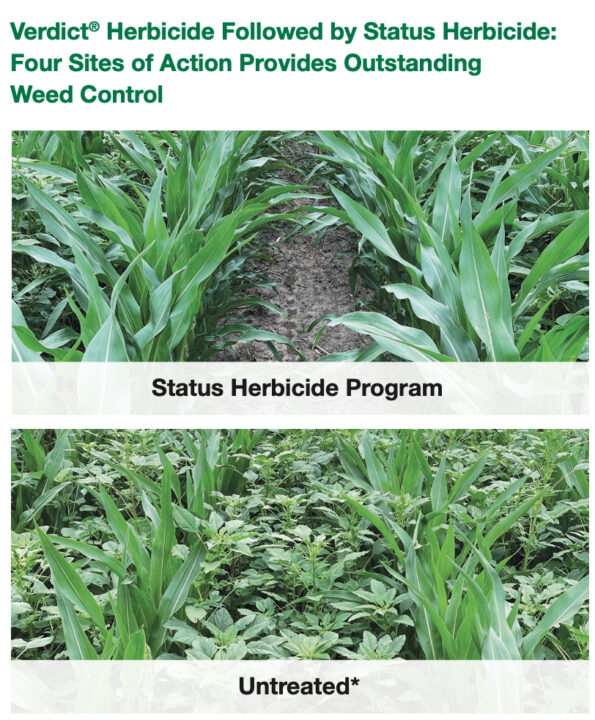Daily Dicamba Update: Midterm Reminders for Applicators
As some regions around the country pass the halfway point of allowable dicamba application season, we’ve received word that perhaps a few friendly reminders are in order.
Dr. Bill Johnson, Purdue University Extension weed scientist, shares that winds are particularly challenging in the Eastern Corn Belt this year (like all past years). When it comes to wind speed and direction, the federal label of all three synthetic auxin-based herbicides require no interpretations: Only apply when wind speeds at boom height are between 3 and 10 mph, including gusts. Therefore, not only should applicators and agronomists be mindful of wind speed forecasts calling for winds over 10 mph, but an especially calm day when wind speeds are below 3 mph means an end to the day’s spraying , as well.
Additionally with wind, the federal label also strictly prohibits any dicamba application when prevailing winds are blowing toward, or in the direction of, a neighboring sensitive crop.
Dr. Fred Whitford, one of Dr. Johnson’s Boilermaker colleagues, also has four quick tips for applicators and retailers at the halfway point of spray season:
- Getting the job to spray the 50-75 acre field when the grower keeps the rest should set off red-flags for the pesticide dealer. Whitford says this “is nearly always an indication that there has been a problem created when the grower sprayed his or her own fields”. He advises to ask the grower if there are indeed an irritated grower or person (neighbor) surrounding that field.
- Retailers: NEVER sell a Restricted Use Pesticide (RUP) without having the farmer’s credentials on-hand. “Don’t get fooled by ‘I’ll bring it in later,’” Whitford advises. “Most department of agriculture’s don’t take too kindly to selling a RUP to the wrong person.”
- Never assume you caused the alleged problem with drift or volatilization without going out to see it for yourself.
- Develop a checklist for cleaning out the sprayer. Whitford suggests that applicators using the same piece of equipment can develop checklists that are specific to that brand and model of applicator.
Read more on the label requirements here:
Get top-of-mind reminders on the new compliance and regulatory rules on dicamba directly to your email inbox. Subscribe to CropLife’s Daily Dicamba Update.






